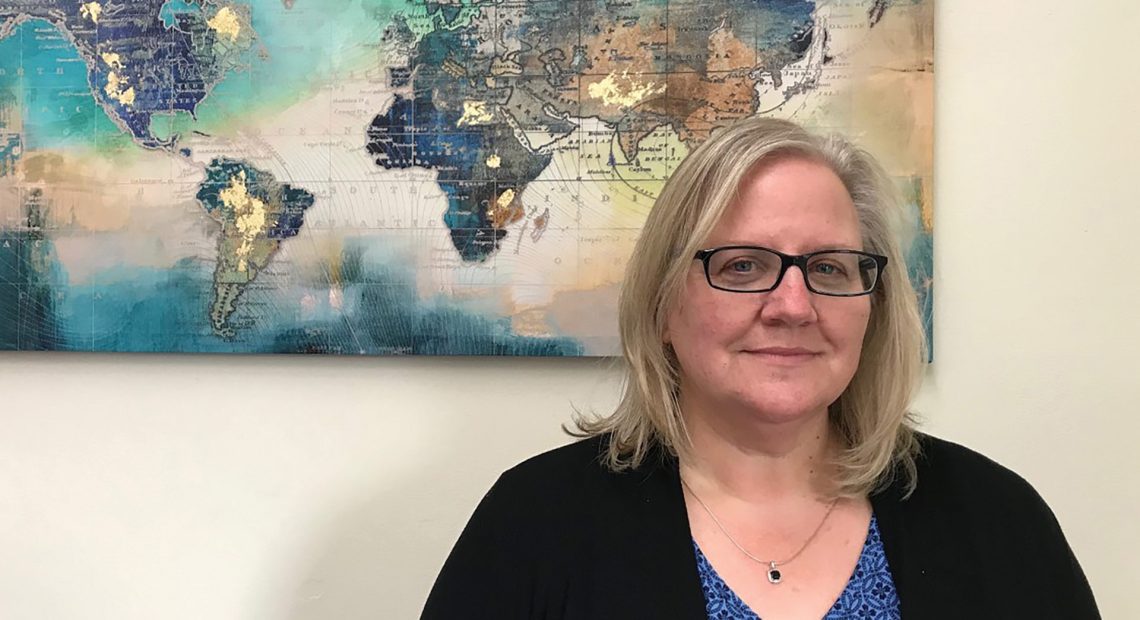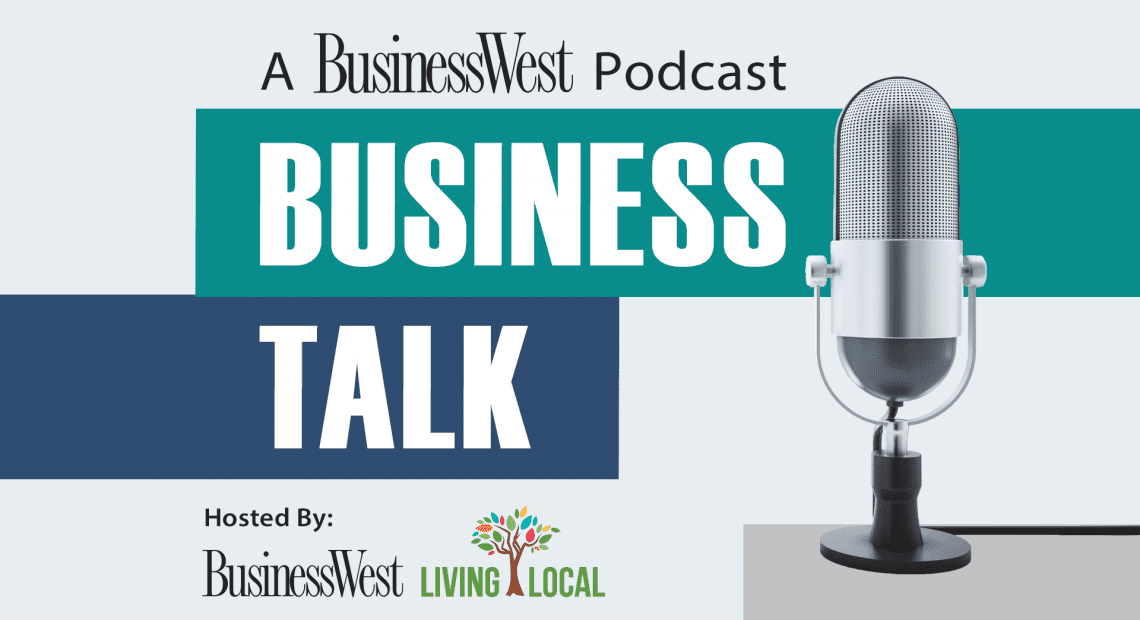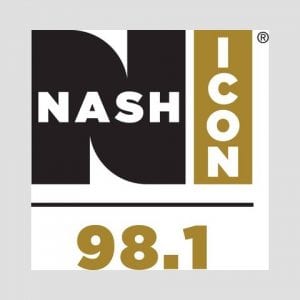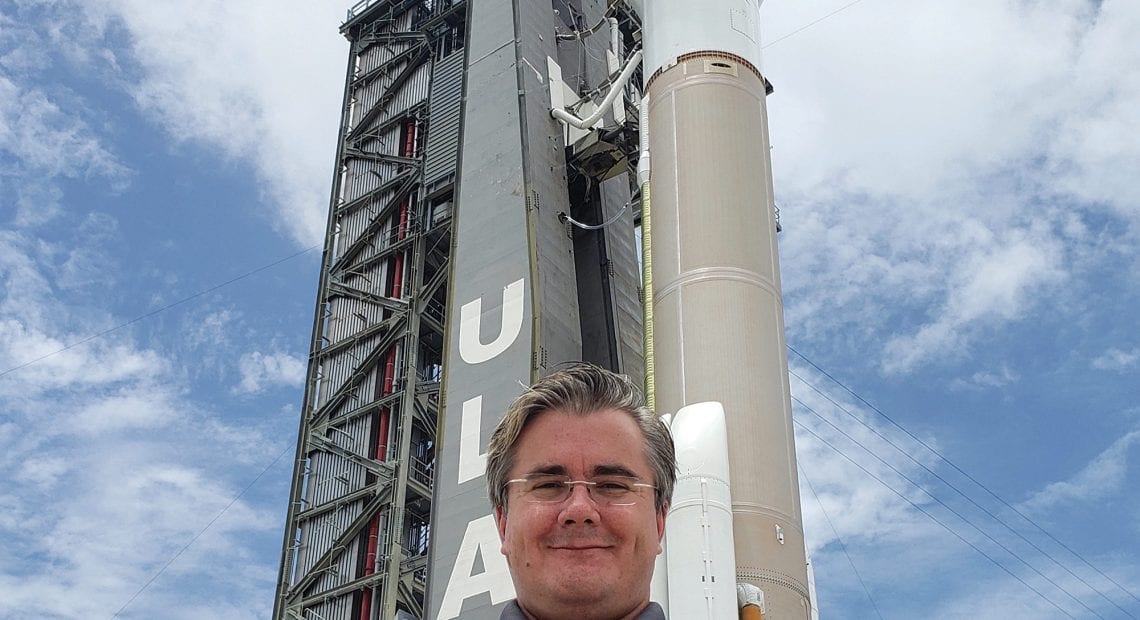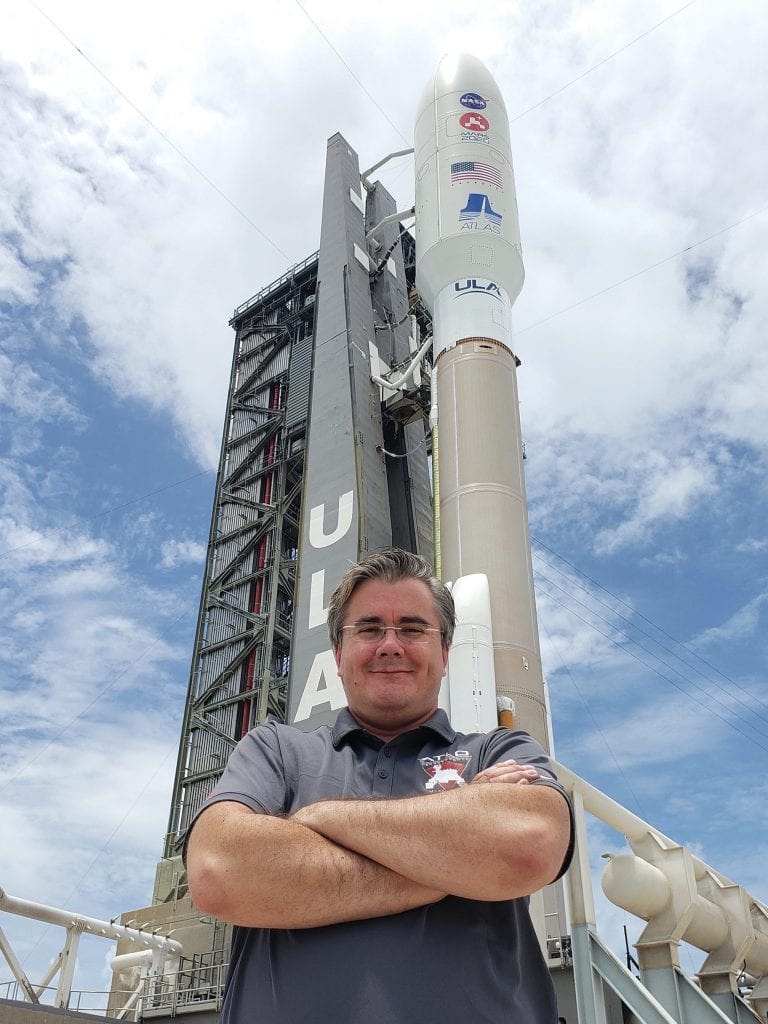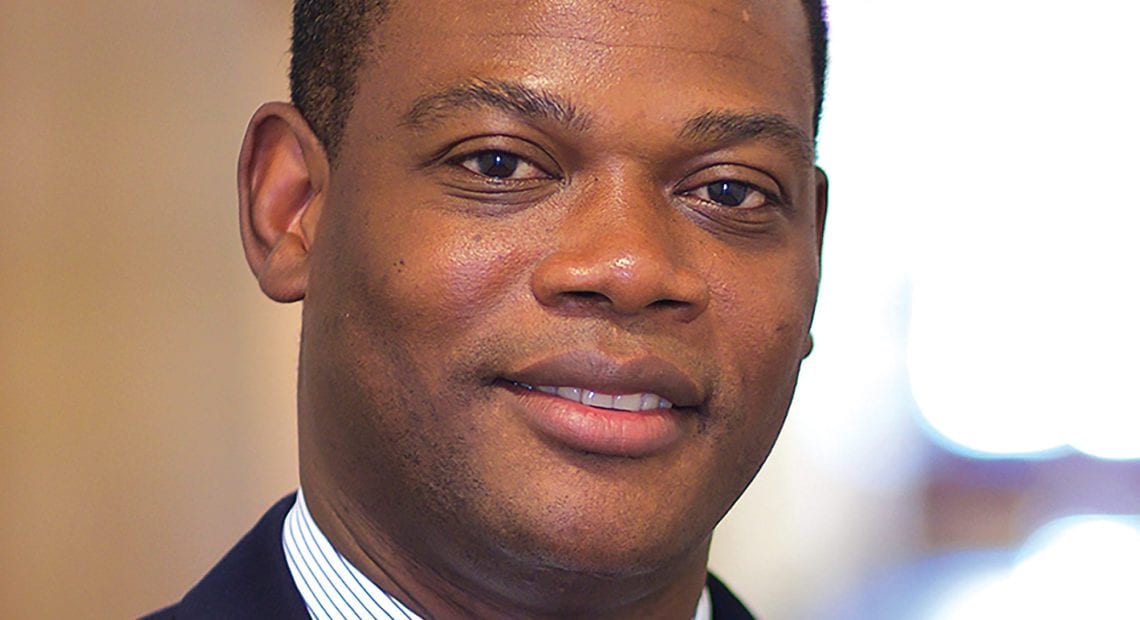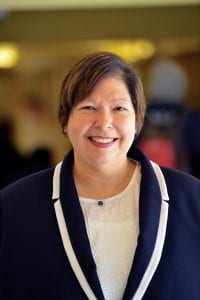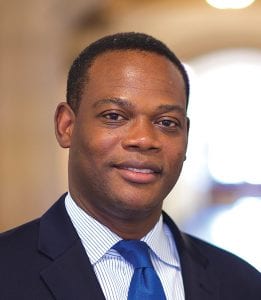Extracting a Workforce
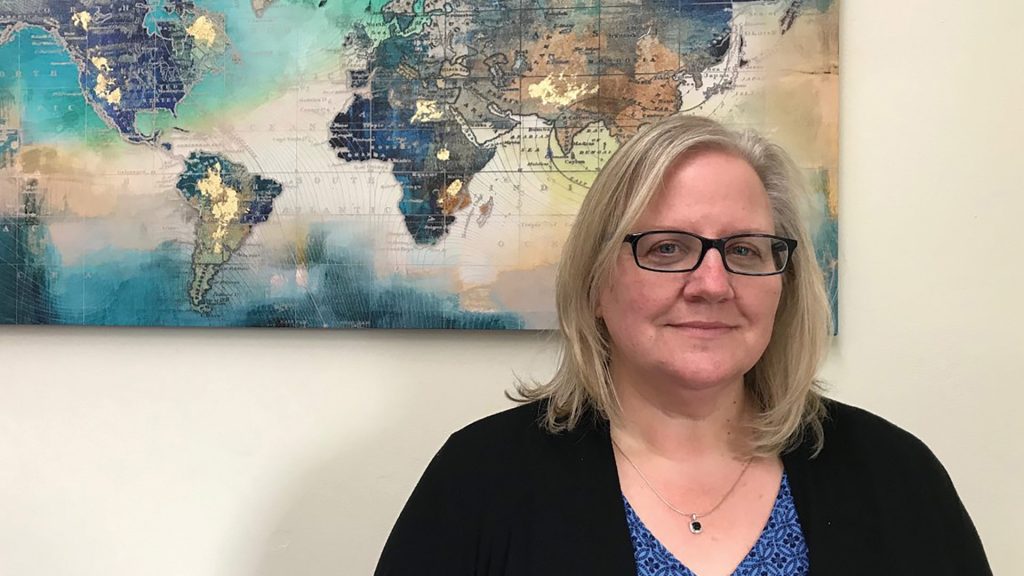
Susanne Swanker says cannabis programs at AIC are being constantly reviewed and updated to remain current and relevant
The cannabis industry — and workforce — has come a long way in just a few years, Jeff Hayden says.
“What I think is really crucial, and what we’re trying to emphasize to job seekers, is that this is a business. This is not like going to somebody’s basement and growing a couple of plants. We’re talking about a multi-million-dollar investment for some of these companies,” said Hayden, vice president of Business and Community Services at Holyoke Community College (HCC).
In that city alone, for instance, entire mill buildings have been renovated and brought back to life, bringing jobs to the community and tax dollars to city coffers, he noted.
“This is a business where they’re generating private investment, creating new jobs, and they’re also generating tax revenue. It’s been a win for Holyoke in terms of the amount of growth that’s been stimulated.”
To keep the momentum going, these new companies need employees, which is why HCC launched its Cannabis Education Center in 2020, a series of non-credit courses, in conjunction with the Cannabis Community Care and Research Network, that provide skilled workforce training to prepare participants for a career in the cannabis industry. By this spring, 120 people will have completed the core program, and many will have begun or completed another career-specific track (more on that later).
The conversation about a cannabis training program at HCC began when legal adult-use cannabis was still being debated in the Bay State. If that came to pass, Hayden and others expected, significant workforce needs would follow. And that has proven to be true.
“This is not like going to somebody’s basement and growing a couple of plants. We’re talking about a multi-million-dollar investment for some of these companies.”
Similar discussions were happening at American International College (AIC) when adult-use cannabis was legalized, which is why it launched, also in 2020, a graduate-level program in cannabis science and commerce, the first of its kind in Western Mass.
The 30-credit program is designed for individuals interested in a career in the cannabis industry and provides students with an understanding of the science, business, and legal issues associated with the cannabis industry. The program offers education in the areas of basic science, including chemistry, horticulture, cultivation, uses, and delivery systems; business management, marketing, and operations; and federal and state laws and policies.
The first cohort of the program graduated in August, said Susanne Swanker, dean of the School of Business, Arts and Sciences at AIC, and they are now being surveyed to get a sense of where they are working in the cannabis industry.
“We’ll use that information to help us make changes as necessary to the curriculum,” she told BusinessWest. “We’re only in our second year now, but over the next few months, we’ll be reviewing the program for fresh content, updating materials, and ensuring currency and relevancy in the field, making sure we’re covering the topics and content needed.”
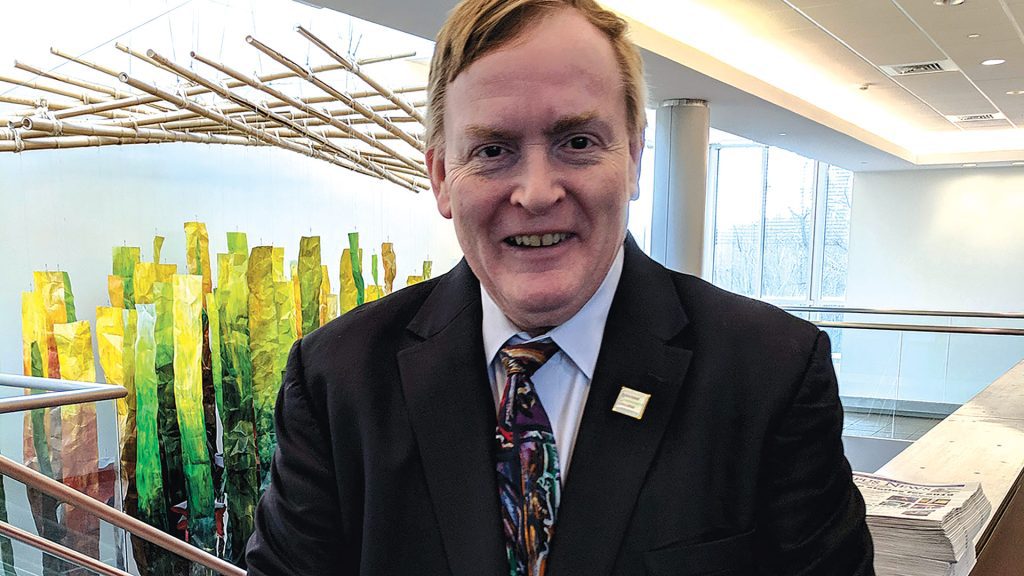
Jeff Hayden says that, to continue growing, the cannabis industry in the region will need a solid pipeline of qualified workers.
Last fall, AIC introduced another cannabis-education track, an undergraduate certificate program called Micro Emerging Markets: Cannabis, which offers three business courses in rotation: “Cannabis Entrepreneurship,” “Cannabis Business Operations,” and “Law and Ethics of Cannabis” — again, with the goal of channeling a pipeline of skilled workers into a fast-growing industry at a time when all sectors are struggling to secure and retain employees.
“We’re in the process of adding some additional courses,” Swanker said, including a broad overview of the history and culture of cannabis, which could be a popular general-education course. “I think we have a lot of interest from our students in that. So that’s an option.”
Five-plus years after legalization in Massachusetts, the popularity of the cannabis industry is no longer in doubt, more than justifying the decisions by HCC and AIC to add some educational fuel to the workforce.
Knowledge Blooms
Hayden explained the thinking behind the Cannabis Education Center and its multiple tracks.
“Essentially, because this was new to Massachusetts, we tried to design a process to inform people about some of the fundamentals in relation to the industry itself, so we developed a module called the core program, and we ask every participant to go through the core program,” he said.
“We’re finding many of the students enrolled in the program are already in the field working, and they’re coming to us with information and knowledge. The discussion in the classroom is that much more enriching because of the prior experience they’re bringing.”
That program requires two eight-hour Saturday sessions. Beyond that are four separate, occupation-specific tracks, typically three all-day Saturday sessions, to train for a specific area of the cannabis workforce: patient services associate (what’s commonly known as a ‘budtender’), who works directly with customers on both adult and medical use; cultivation assistant, who helps in all areas of the grow operation and requires knowledge of plant biology, soils, hydroponics, plant health, nutrition, harvesting, trimming, inventory tracking, and managing plant waste; extraction technician, who learns how to safely extract useful molecular components from cannabis and hemp; and culinary assistant, who is responsible for cooking, baking, and infusing cannabis- or hemp-based products with extracts.
“We’re in the process of creating a fifth track designed for entrepreneurs,” added Hayden, who noted that the center focuses on five key pillars: community education; social-equity training; occupational training; custom contract training to cannabis businesses, including communication, leadership, and mentorship skills; and developing different trainings that would be useful for the industry.
Scholarships are available, and each job-training program is followed immediately by an internship period with a licensed cannabis industry employer. The center has helped place graduates in full-time jobs as well, at companies like GTI, Trulieve, and Analytic Labs, and some companies have engaged directly with HCC about the kinds of skills they need.
AIC relies on industry professionals as well, as adjunct instructors to complement the college’s own business professors.
“From the onset, the program has been a collaboration of full-time faculty in business working with individuals in the field, people who own their own business as well as individuals that are working in larger operations in different parts of the country,” Swanker said. “They work together to inform the current content, what needs to be covered, and develop the curriculum.”
This professional input from outside AIC is key, she added. “They’re the ones who are experts in the cannabis field, and the ones constantly helping us update materials and discussions. Also, we’re finding many of the students enrolled in the program are already in the field working, and they’re coming to us with information and knowledge. The discussion in the classroom is that much more enriching because of the prior experience they’re bringing.”
AIC leaders were quick to recognize the coming workforce needs in cannabis when the college developed its programs, Swanker said, and also found the Cannabis Control Commission’s focus on diversity and social equity to be appealing as well. “That’s something that speaks to us as an institution and fits our mission. That was just another attractive part of it.”
High Hopes
Swanker said interest in AIC’s cannabis programs remains strong. “When we launched it, we had a tremendous number of inquiries, and that remains at a very high level, which is very encouraging.”
And why not? According to a February 2021 jobs report issued by Leafly, the world’s largest cannabis website, legal cannabis supported 321,000 full-time jobs in the U.S. at the time, and since then, tens of thousands more jobs have been created in states like Massachusetts, Florida, Michigan, Missouri, New Jersey, Ohio, Oklahoma, and Pennsylvania, making cannabis one of the most robust job-creation engines nationally. In Massachusetts, adult-use cannabis sales crossed the $2 billion threshold last year.
In short, both nationally and regionally, this fast-growing market offers plenty of employment and entrepreneurial opportunities for years to come, and for a wide range of skill sets, Hayden said.
“We’re really at the start of it. This is a new industry with new opportunities for people looking to get into a new career area or take the skills they already have and use it in this new sector. If you’re an accountant or bookkeeper or human-resources specialist, then there are job opportunties within this industry for you.”
Which is why programs to educate the next wave of the cannabis workforce are expected to multiply and expand.
“The industry has a need for high levels of sophistication in terms of business management, marketing, and the like. I think we’re going to continue to see it grow,” Hayden added. “At some point, there might be too many companies trying to start up, but not yet; right now, they’re all trying to take advantage of opportunities to get in and grow.”
Joseph Bednar can be reached at [email protected]



